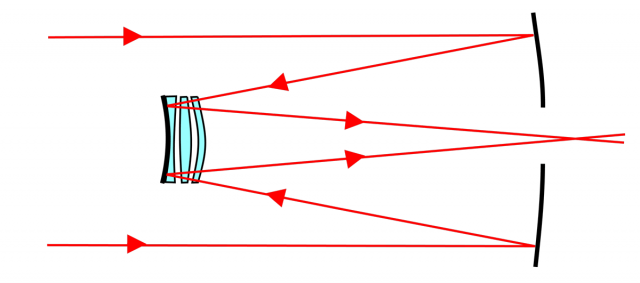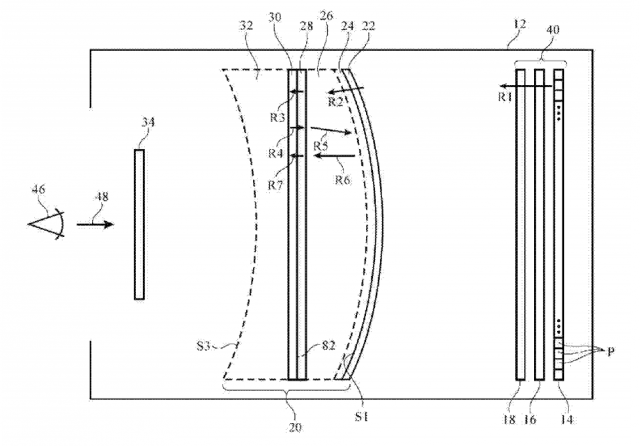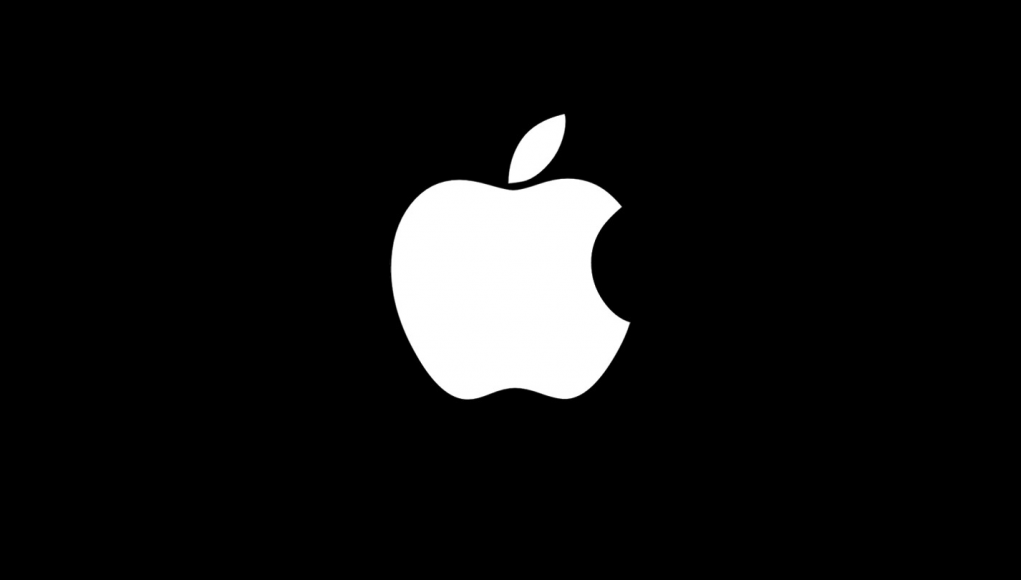In a patent filed in 2017 and issued today by the United States Patent Office, Apple describes a VR headset designed to be compact and comfortable.
Spotted by Patently Apple, Apple’s patent titled Optical System for Head-mounted Display makes it clear up front that this particular design is aimed at creating a VR headset that’s more compact, specifically by redesigning the optical system.
“If care is not taken, a head-mounted display may be cumbersome and tiring to wear. Optical systems for head-mounted displays may use arrangements of lenses that are bulky and heavy. Extended use of a head-mounted display with this type of optical system may be uncomfortable. It would therefore be desirable to be able to provide improved head-mounted [displays].”
Digging through the patent’s dense description, it becomes clear that a ‘catadioptric’ optical system is fundamental to this design, one which uses both reflective and refractive elements, including varying polarization elements, to manipulate light along the optical path.

Catadioptric optics, commonly used in high magnification optical systems like telescopes and microscopes, ‘fold’ the optical path to create a more compact arrangement. Rather than light being simply bent as it passes once through a typical lens, in a catadioptric optic the light bounces back and forth a number of times along its optical path before eventually emerging from the other side.

Microdisplays, which are small but offer high pixel density, are desirable for VR because of their compact size but require lenses with high magnification. Lenses with high magnification often need to be very thick, or can be reduced to a Fresnel design (as is common on consumer VR headsets today), though the Fresnel approach introduces its own set of challenges. It seems likely that Apple is investigating the use of catadioptric optics as a means of creating a compact, high magnification optic specifically to be used in conjunction with a microdisplay. Microdisplays are mentioned in the patent, though, wanting the patent to be as broad as legally possible, other types of displays are mentioned as well.
The patent further describes a series of polarizing elements which are used to reflect some of the light back toward the display to be absorbed by a polarizer. The document explains this is to maintain contrast and avoid stray (unwanted/misaligned) light from being seen by the wearer.
While the patent largely focuses on the optical design and arrangement of optical elements, a significant portion describes varying approaches to manufacturing the design, which are said to potentially increase the durability and clarity of the system.
Among other details, the patent also touches on the possibility of such a headset including a bevy of sensors for various tracking tasks, and specifically notes that cameras could be employed for measuring the environment (as with inside-out tracking) and sensing the user’s eye position. The latter likely being used for eye-tracking applications like foveated rendering.
– – — – –
While Apple is clearly interested in AR and VR, the company has no shortage of patents for technologies which it has never used. So while it’s interesting that this patent delves into some practical details of manufacturing, it’s better to consider patents a look at what the company may be thinking rather than precisely what they’re doing. That said, Apple is increasingly involving AR and VR in its ecosystem, including embracing VR on MacOS, and launching ARKit on iOS, which many suspect to be a stepping stone toward an eventual AR headset product offered from the company.







